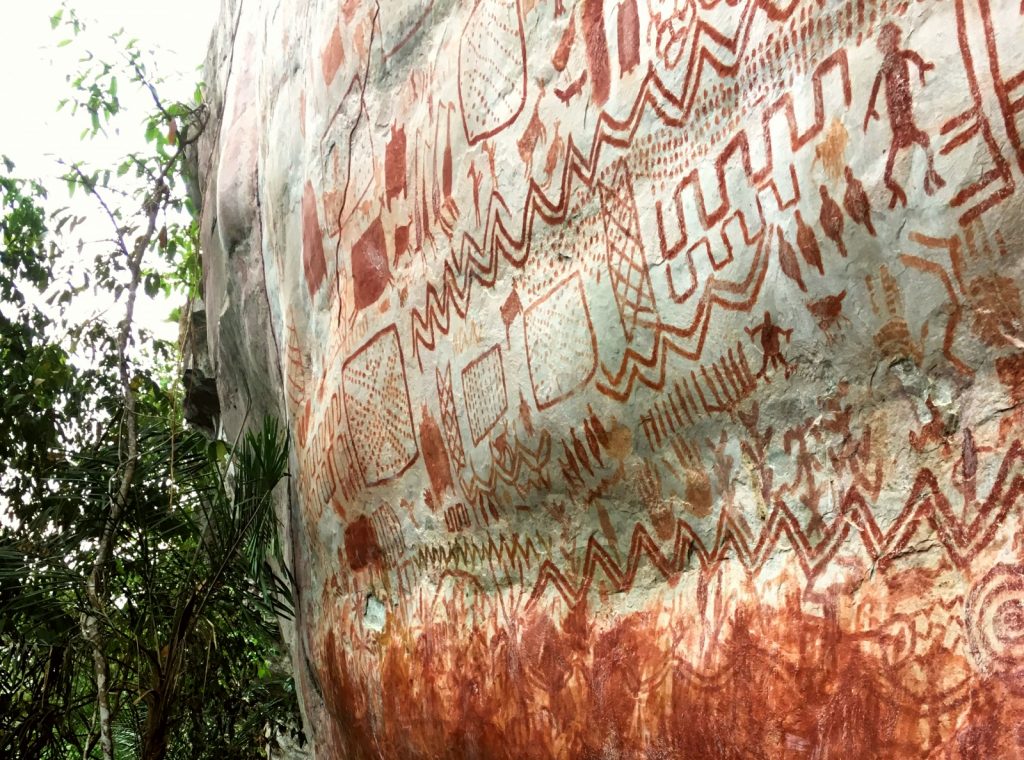
Courtesy of the Author
Beyond the Gallery is an anthology published by Laberinto Press (Edmonton, Alberta), as part of their Beyond series. The editorial team is made up of Luciana Erregue-Sacchi, Ana Ruiz Aguirre, and Liuba González de Armas. This publication of essays, according to the editors, seeks to “showcase the talent of some of the best literary professionals in the Hispanic Canadian community.” It also examines artwork that is produced outside the gallery space, and how the public interacts with it.
The essays are divided into three categories: Mark-Making, Image-Making, and World-Making. They feature the critical work of Antolina Ortiz Moore, Ana Ruiz Aguirre, Carlos Andrés Torres, Juan Gavasa, Marcelo Donato, Laury Leite, Liuba González de Armas, and Bettina Pérez Martínez.
“YEG, Inked,” by Ana Ruiz Aguirre; “Las pinturas de los hombres jaguar/The Paintings of the Jaguar-Men,” by Carlos Andrés Torres; and “Un punto de luz/Light at Dusk,” by Antolina Ortiz Moore explore the cultural significance of mark-making in a variety of surfaces and places. This includes tattooing in gallery spaces, pre-colonial drawings on immense stones, and skywriting (when airplanes form words using smoke trails) in relation to the grief of migration. Image-Making focuses on its creators’ lived experiences, creative processes, and object histories, as contributors discuss supposedly fine and practical visual art items. The world-building power of visuals is examined in the final three works, with questions about the distinction between fact and fiction, the afterlives of political images, and the nature of digital exhibitions during a global pandemic.
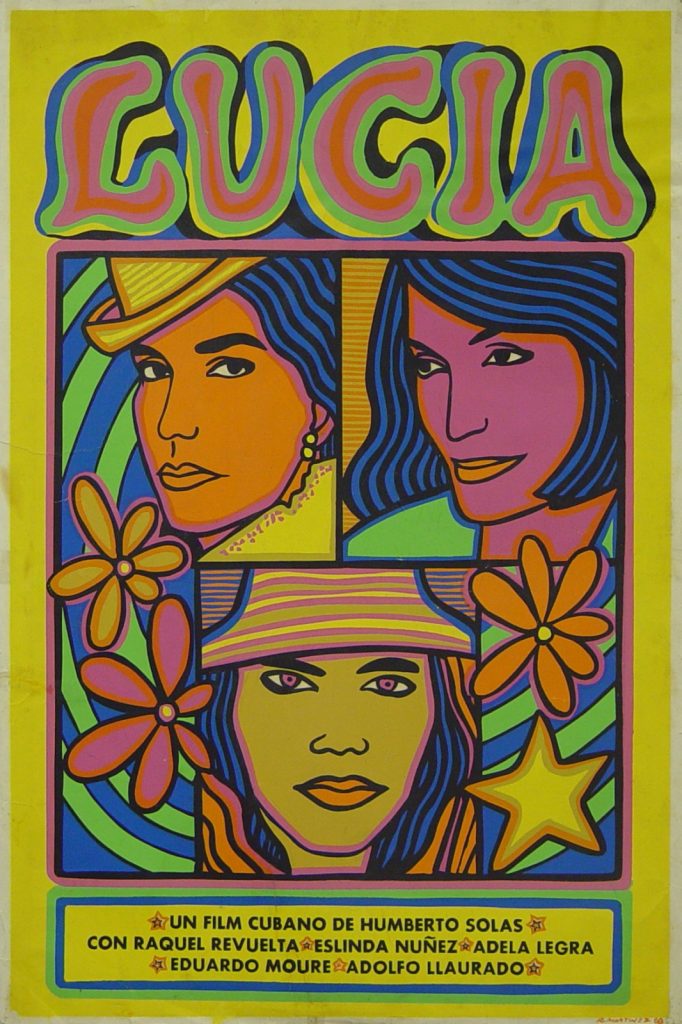
José Martí National Library, Havana, Cuba. Courtesy of the BNJM
In the introduction of the text, the editors make a point of noting that this book is intended to represent Hispanic Canadian literature; they insist there is a lack of representation, and they are trying to bridge the gap. There is a contradiction between this desire to belong to a nation defined by colonial borders and the desire to “challenge conceptual constructions of borders (the frame, the wall, the imaginary line between two countries).” These conflicting desires create a disconnection in the intentions of this publication—the selection of essays aims to centre writers that have crossed borders physically and linguistically, yet somehow the text also wants to be defined by the borders of “Canadian” literature.
As a publication of essays, Beyond the Gallery has taken on the challenging task of threading together all of these notions of seeing in different forms. The text is a beacon that acknowledges the complexity of places and the people that inhabit them; it serves as a call to possibility and probability within art-making and within the stories that are overseen. In Laury Leite’s “Museos Invisibles/Invisible Museums,” readers are taken on an anecdotal voyage seeking the myth of genesis in the works of Giorgione, the Italian painter of the High Renaissance Venetian school. Meanwhile, Carlos Andrés Torres transports the reader to the Serranía of Chiribiquete, the Jaguar-men secret gallery, in his essay “Las pinturas del hombre jaguar/The Paintings of the Jaguar-Men.” Both essays transport readers to these vivid places and open a series of questions that create a domino effect toward other issues.
The essays in Beyond the Gallery do more than focus on the themes they seek to explore—they also branch out in complex ways that take time to grasp. The essays expand Hispanic art criticism into the Canadian imaginary by touching on the importance of objects (ephemeral or permanent, old or new, anecdotal or factual), which offers a rich selection of histories. Readers can find value in the knowledge of these writers, in being invited into ways of knowing that are unfamiliar in North America. The question remains: What does the discipline of Canadian literature have to offer these writers in return?

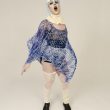

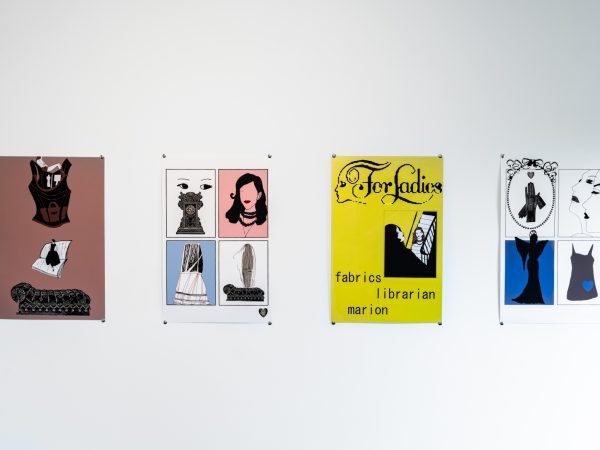
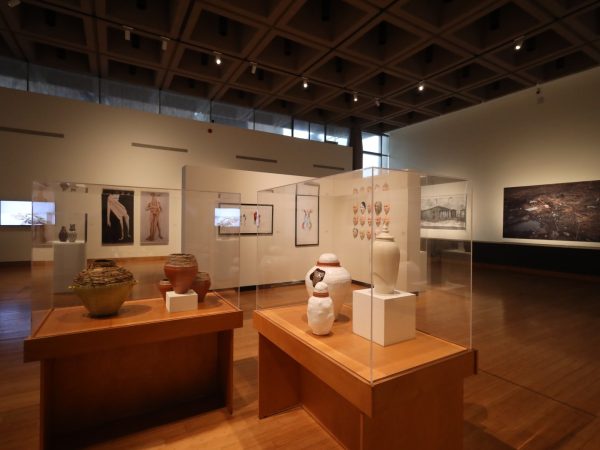











Leave a Reply